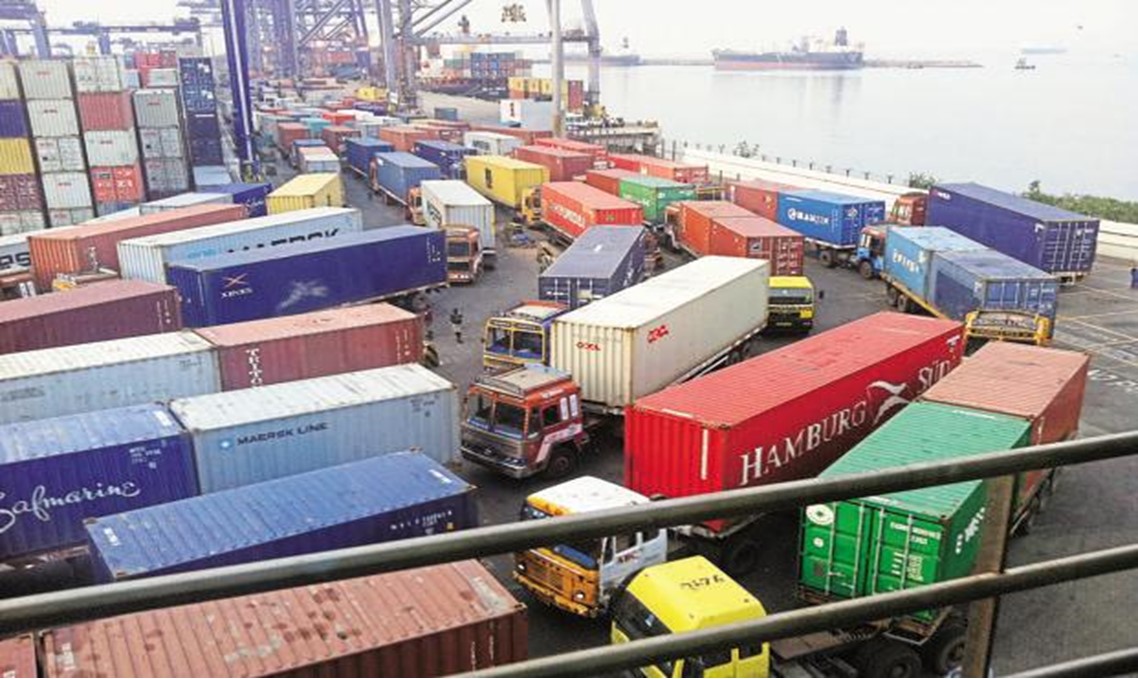Types of Optimization
Terminal optimization is segregated into divisions that are allocated different roles and responsibilities. Optimization in the Container Handling Industry is conceived due to terminals experiencing various bottlenecks when vessels berth at the port, inefficient yard planning affecting container movement, the disarray of CHE instructions causing congestion, and poor management of resources which fail to maximize time. If an area of a terminal evokes inefficiency, it will inevitably impact another which can engender various risks that will accumulate until a complete catastrophic outbreak dismantles the entire terminal. Consequently, terminals are in pursuit of a terminal operating system that incorporates a suite of capabilities that counteract these implications.

Vessel berthing is the most prominent area where optimization has been instituted to enhance planning processes which is accountable for maximizing terminal capacity and limiting congestion. A unique function only offered in RBS, is TOPS Expert is Artificial Intelligence (AI) Berth Optimization, which incorporates cutting-edge technology that mimics human behavior by gathering then understanding data to develop algorithms utilized to optimize berth planning. Not only is discharge operations executed at the highest degree of productivity such that it meets the critical vessel schedule when AI is integrated into the vessel berth planning process, but it substantially reduces the amount of human intervention. Personnel no longer must spend copious amounts of time manually analyzing calculations to determine the best date and time to schedule a berth since this conventional method of planning is simply not efficient, nor is it reliable. With AI, decision-making is achieved much faster with extreme accuracy as ETAs and ETDs are strategically and automatically depicted. Real-time visibility is inherently amplified with TOPS Expert AI Berth Optimization module as terminal operators can foresee the actual workflow regarding the vessel operation, eradicating any ambiguity. A positive correlation also emanates from this module for vessel operators as they can save fuel and energy costs due to optimized travel distances. Terminals, therefore, must re-evaluate their TOS and berth optimization functionalities if they confront bottlenecks that are impacting their profitability – let AI do the thinking so you can work smarter not harder.
Deprived throughput may be attributable by a TOS lacking in infrastructure or competency to perform and deliver optimal decisions. As a result, yard space may not be used to its maximum potential, creating chaos when a container enters and departs from a terminal. These complications are offset by deploying a TOS that can efficiently plan the allocation for containers not just when they are active or discharged from the terminal but even prior to their arrival. Strategically managing the containers limit the number of container moves, facilitating CHE optimization as the task is executed faster, and the CHE can move onto other processes. Countermeasures such as seeking for an ameliorate TOS must commence when poor yard management pose as a constraint inhibiting optimization.
The performance of CHE, processes, and resources are the key drivers determining the criticality of vessel berthing optimization and yard optimization. The ability to calculate the minimum number of CHE moves required to move a container from one location to another should be reinforced in the TOS. Like TOPS Expert, every process is carefully planned to consider every set parameter, provide alternative scenarios, and heed only the necessary resources to calculate the shortest but the best path in executing the action. Therefore, as the components in berth optimization and yard optimization are derived and refined, there is a clear inference that optimizing CHE, processes, and resources are just as pivotal since they are the principal factors in defining terminal performance. Always conduct thorough research and evaluate each TOS against its infrastructure, capabilities, and range of functionalities before deciding on which to deploy.
